Dainty cory - Corydoras habrosus
Scientific name: Corydoras habrosus
Common name: Dainty cory
Family: Callichthyidae
Usual size in fish tanks: 2 - 3 cm (0.79 - 1.18 inch)
014
Recommended pH range: 6.2 - 7.5
Recommended water hardness: 0 - 18°N (0 - 321.43ppm)
0°C 32°F30°C 86°F
Recommended temperature range: 22 - 26 °C (71.6 - 78.8°F)
The way how these fish reproduce: Spawning
Where the species comes from: South America
Temperament to its own species: peaceful
Temperament toward other fish species: peaceful
Usual place in the tank: Bottom levels
Origin
The Dainty Cory, scientifically known as Corydoras habrosus, originates from the rivers and streams of Colombia and Venezuela. These waters are typically slow-moving with sandy or muddy substrates, dense vegetation, and leaf litter. In their natural habitat, Dainty Corys forage for food along the bottom, sifting through the substrate for small invertebrates and organic matter. When keeping them in an aquarium, recreating these conditions is key to keeping them healthy and encouraging natural behavior.
Appearance
Corydoras habrosus is one of the smallest members of the Corydoras family, growing to an average size of 2-3 cm (0.79-1.18 inches). They have a pale body color with distinct dark speckles along their sides and a prominent black line running from their snout to their caudal fin. This attractive "salt and pepper" pattern, combined with their small size, makes them a popular choice for nano aquariums and community tanks.
Feeding and Diet
Dainty Corys are omnivorous and will accept a wide variety of foods. In the aquarium, their diet should consist of high-quality sinking pellets, algae wafers, and occasional treats of live or frozen foods. Offer them bloodworms, brine shrimp, and daphnia to provide protein and enhance their natural coloration. Since they are bottom dwellers, ensure that food sinks quickly to the substrate so they can easily access it.
Feed them in the early evening or after the aquarium lights are dimmed, as they are more active during twilight and nighttime hours. Providing small portions of food multiple times a day helps maintain their health and mimics their natural foraging behavior. If you keep them in a community tank, be sure that other fish do not outcompete them for food, as they are slow and methodical feeders.
Tank Setup and Environment
Due to their small size, Dainty Corys are well-suited for nano and small community aquariums. A tank of at least 40 liters (10 gallons) is recommended to house a small group of these fish. As they are social creatures, keep them in groups of at least 5-6 individuals to encourage natural schooling behavior and reduce stress.
For the substrate, use fine sand or smooth gravel to prevent injury to their delicate barbels. Adding leaf litter, driftwood, and plants such as Java Fern, Anubias, and floating plants will create an environment that closely resembles their natural habitat and provides them with ample hiding spots. They prefer subdued lighting, so incorporating floating plants or dimmable lights helps create a comfortable environment.
Water quality is crucial for Dainty Corys, as they are sensitive to poor conditions. Install a gentle filtration system to provide adequate water movement without creating strong currents. Regular water changes (around 20-30% weekly) are essential to keep the water clean and maintain stable parameters.
Water Parameters
Dainty Corys thrive in soft, slightly acidic to neutral water, with a pH range of 6.2-7.5. The ideal water hardness should be kept between 0-18°dGH (0-321.43 ppm), allowing for a soft to moderately hard environment. Maintain the water temperature between 22-26°C (71.6-78.8°F) to replicate the warm waters they naturally inhabit.
Monitor the water parameters closely, using a pH test kit at least once a week. Additionally, check the carbonate hardness (KH) and total hardness (GH) weekly to ensure that the water remains within the preferred range for these sensitive fish. Proper aeration and regular water changes are essential to maintaining their health and preventing stress-related illnesses.
Behavior and Compatibility
Dainty Corys are peaceful and sociable fish that spend most of their time exploring the bottom levels of the aquarium. They exhibit natural schooling behavior when kept in groups, which helps them feel secure and reduces stress. They may become shy and reclusive if kept alone or in too small a group, so it is crucial to house them in a school of at least 5-6 individuals.
These corys are ideal for community tanks and get along well with other small, peaceful fish such as tetras, rasboras, small livebearers, Angelfish, Dwarf Gouramis, Paradise Fish, or even Discus. Avoid keeping them with aggressive or large fish that could outcompete them for food or cause stress. Providing plenty of hiding places among plants and decorations ensures they have safe spots to retreat to if needed.
Sexing
Sexing Dainty Corys can be challenging due to their small size. However, as they mature, males tend to be smaller and slimmer, while females have rounder, fuller bodies, especially when carrying eggs. Observing their behavior during spawning can also provide clues, as males are more active and often chase females around the tank.
Breeding
Breeding Corydoras habrosus in captivity is relatively straightforward, provided the correct conditions are met. To induce spawning, gradually lower the water temperature by a few degrees and perform regular water changes with soft, slightly acidic water. The female will lay orange eggs on the underside of leaves just above the substrate. Including plants like Java Moss or broad-leaved plants creates ideal spawning sites for them.
After the eggs are laid, it is best to remove the adult fish to prevent them from eating the eggs. The eggs typically hatch within 3-5 days. The fry are very small and should initially be fed on microscopic foods such as infusoria or vinegar eels. As they grow, they can be gradually introduced to newly hatched brine shrimp and finely crushed flakes.
Lifespan
The Dainty Cory (Corydoras habrosus) has a potential lifespan of up to 5 years, though some individuals have been known to live longer with proper care. Maintaining high water quality, a balanced diet, and a stress-free environment is key to ensuring they live a full, healthy life.
Short Description
The Dainty Cory is a small, peaceful bottom-dwelling fish that thrives in well-planted community aquariums. Known for their delicate "salt and pepper" pattern, they add charm to nano and small tanks. Best kept in groups of 5 or more, they are sociable and active, foraging along the substrate for food. While easy to care for, they do require stable water conditions and regular maintenance to keep them healthy and vibrant.
Picture
Bought by aqua-fish.net from jjphoto.dk.
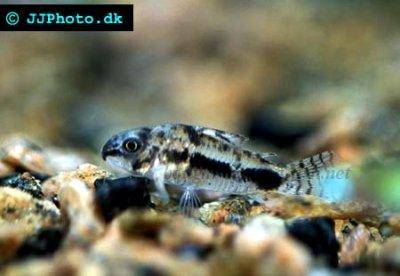

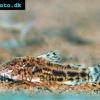 Aspidoras
Aspidoras 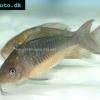 Giant
Giant 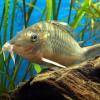 Hognosed
Hognosed 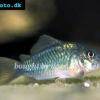 Emerald
Emerald 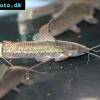 Cascarudo
Cascarudo 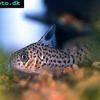 Acre
Acre 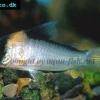 Adolfo’s
Adolfo’s 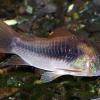 Bronze
Bronze 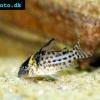 Agassizii’s
Agassizii’s 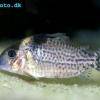 Spotted
Spotted 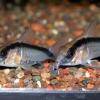 Skunk
Skunk 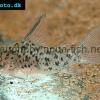 Corydoras
Corydoras 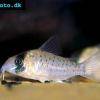 Fairy
Fairy 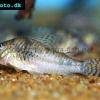 Corydoras
Corydoras 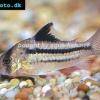 Pink
Pink 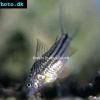 San
San 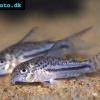 Bond’s
Bond’s  Spotted
Spotted 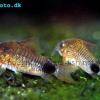 Tailspot
Tailspot 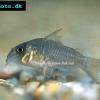 Concolor
Concolor 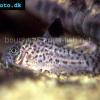 Cope’s
Cope’s 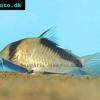 Sand’s
Sand’s 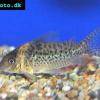 False
False 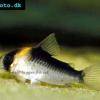 False
False 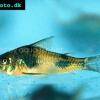 Ehrhardt’s
Ehrhardt’s 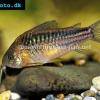 Elegant
Elegant 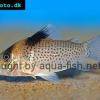 Saddle
Saddle 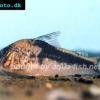 Fowler’s
Fowler’s 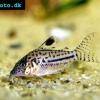 Gomezi
Gomezi 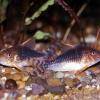 Palespotted
Palespotted 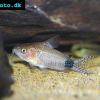 Guapore
Guapore 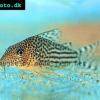 Mosaic
Mosaic 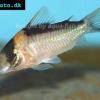 Imitator
Imitator 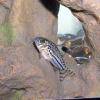 Julii
Julii 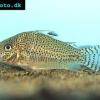 Leopard
Leopard 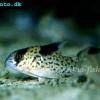 Black
Black 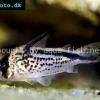 Slant-bar
Slant-bar 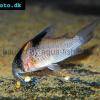 Bluespotted
Bluespotted 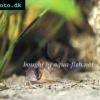 False
False 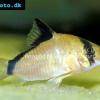 Bandit
Bandit 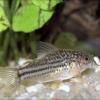 Mini
Mini 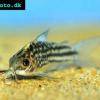 Napo
Napo 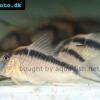 Corydoras
Corydoras 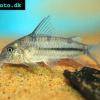 Blue
Blue 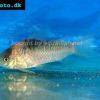 Nijssen’s
Nijssen’s 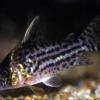 Ornate
Ornate 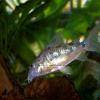 Peppered
Peppered 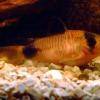 Panda
Panda 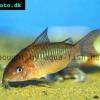 Albertini
Albertini 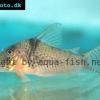 Pastaza
Pastaza 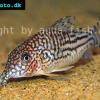 Corydoras
Corydoras 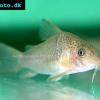 Many-spotted
Many-spotted 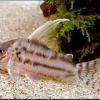 Pretty
Pretty 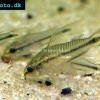 Dwarf
Dwarf 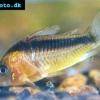 Iridescent
Iridescent 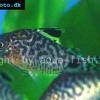 Reticulated
Reticulated 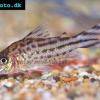 Bannertail
Bannertail 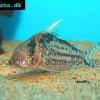 Robust
Robust 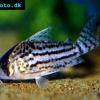 Schwartz’s
Schwartz’s 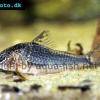 Black
Black 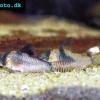 Longnosed
Longnosed 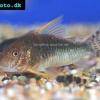 Seuss’
Seuss’ 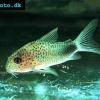 Smudge
Smudge 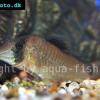 Masquerade
Masquerade 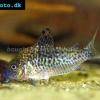 False
False 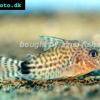 Millenium
Millenium 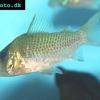 Pinkthroat
Pinkthroat 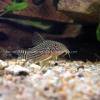 Sterba’s
Sterba’s 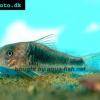 Longsnout
Longsnout 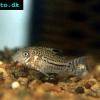 False
False 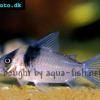 Miguelito
Miguelito 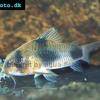 Twosaddle
Twosaddle 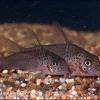 Xingu
Xingu 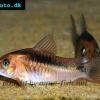 Black
Black 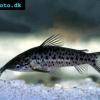 Porthole
Porthole 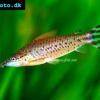 Flagtail
Flagtail 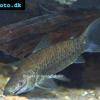 Brown
Brown 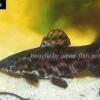 Spotted
Spotted